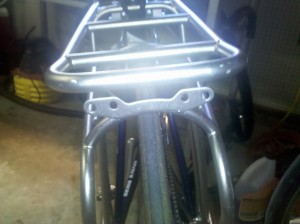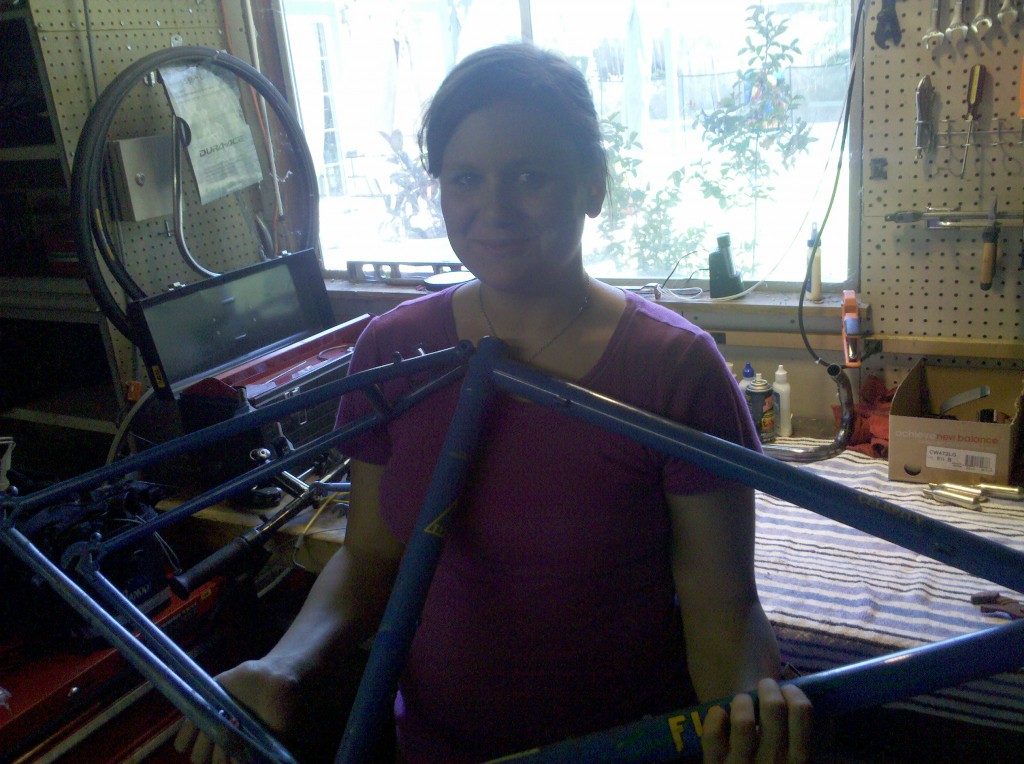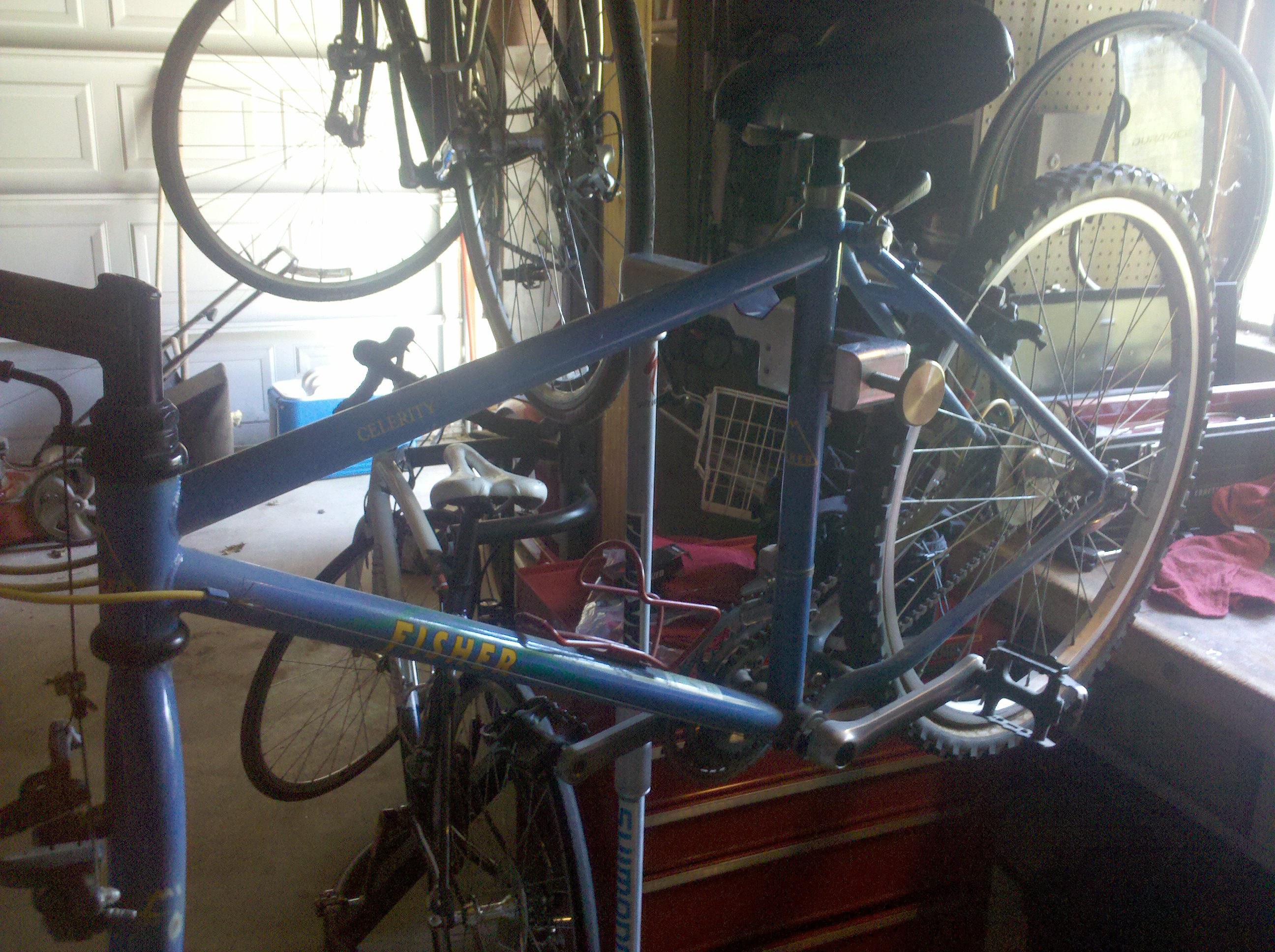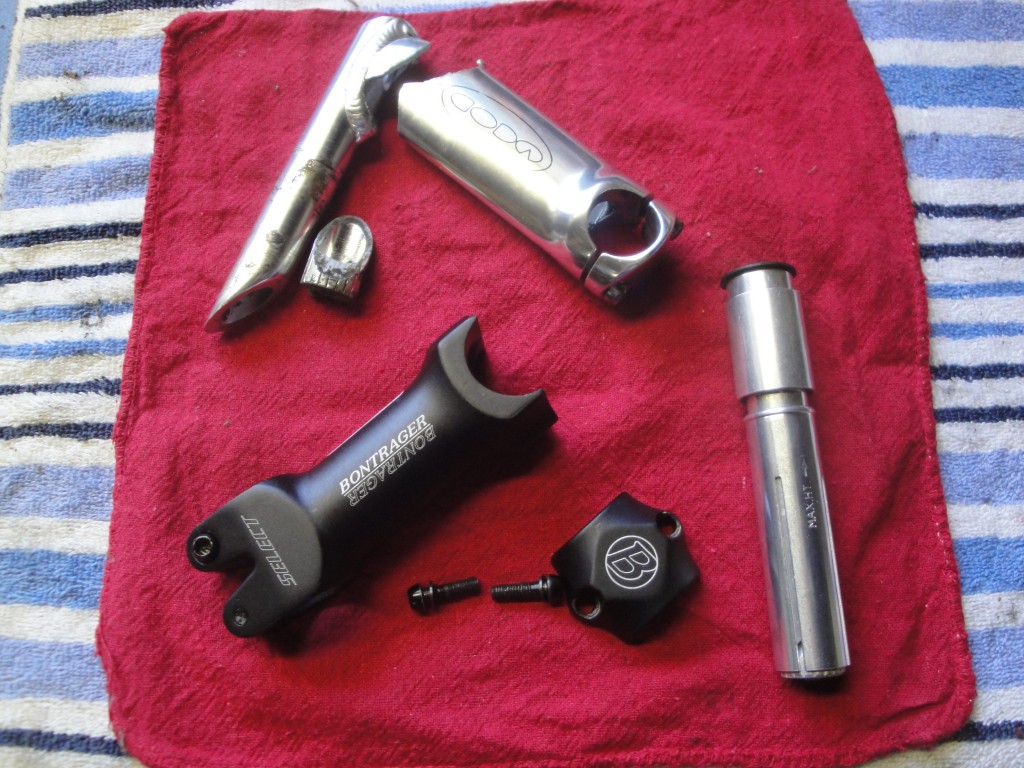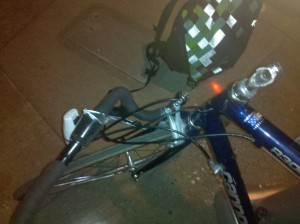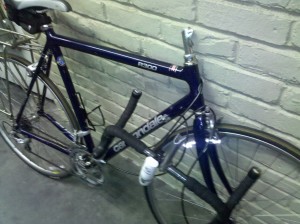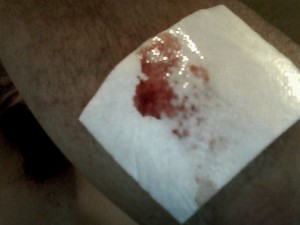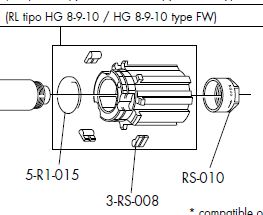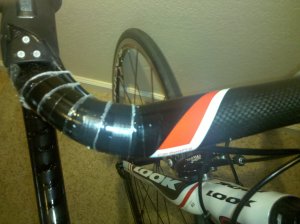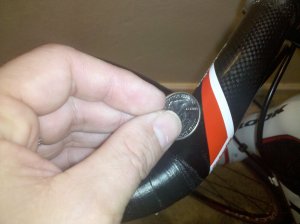Wheel Truing – from Mitsubishi Electric Research Labs
 You can find the craziest bits of information in the strangest places. There is no question that the late Sheldon Brown’s website is the go-to site for bicycle technical information on the internet. However, clearly there are other repositories of cycling wisdom out there too. What I didn’t expect was to find an extremely articulate article on wheel truing posted to – get this – the Mitsubishi Electric Research Laboratories website. No kidding… If the internet is great for only one thing, it is trails of breadcrumbs just like this.
You can find the craziest bits of information in the strangest places. There is no question that the late Sheldon Brown’s website is the go-to site for bicycle technical information on the internet. However, clearly there are other repositories of cycling wisdom out there too. What I didn’t expect was to find an extremely articulate article on wheel truing posted to – get this – the Mitsubishi Electric Research Laboratories website. No kidding… If the internet is great for only one thing, it is trails of breadcrumbs just like this.
